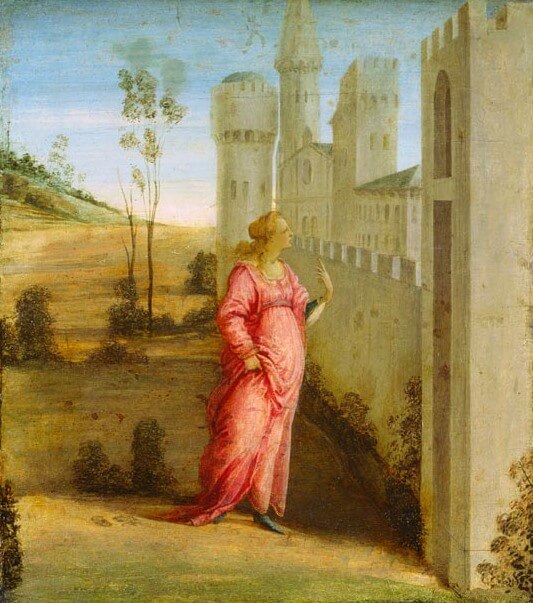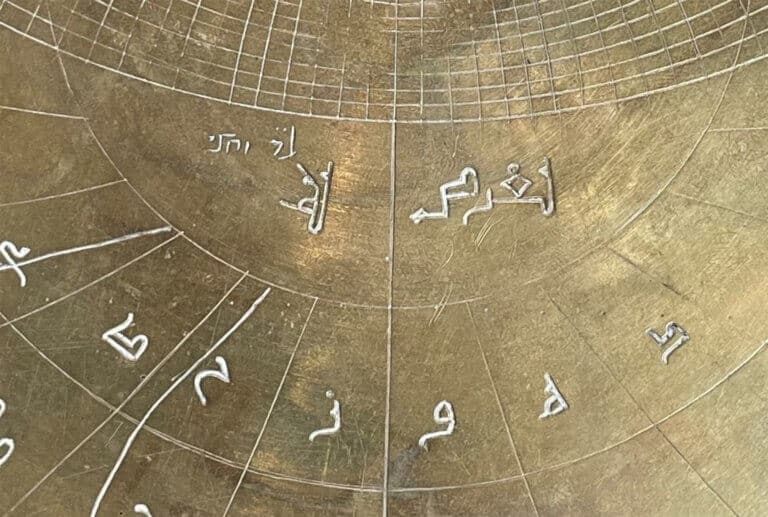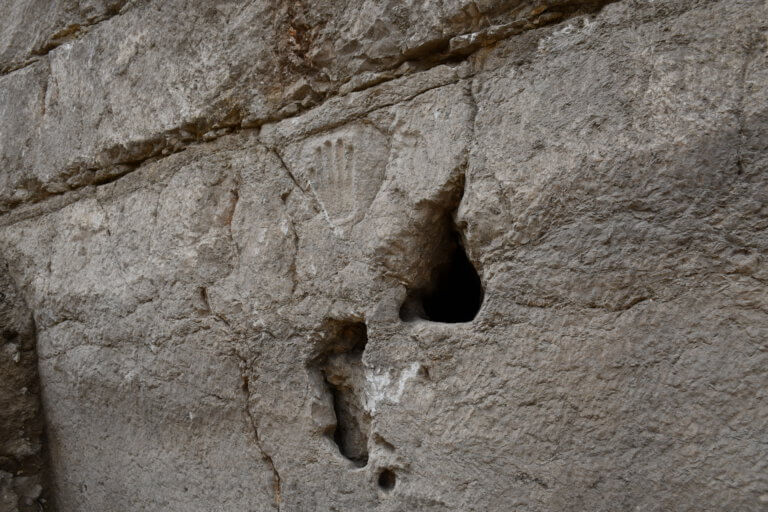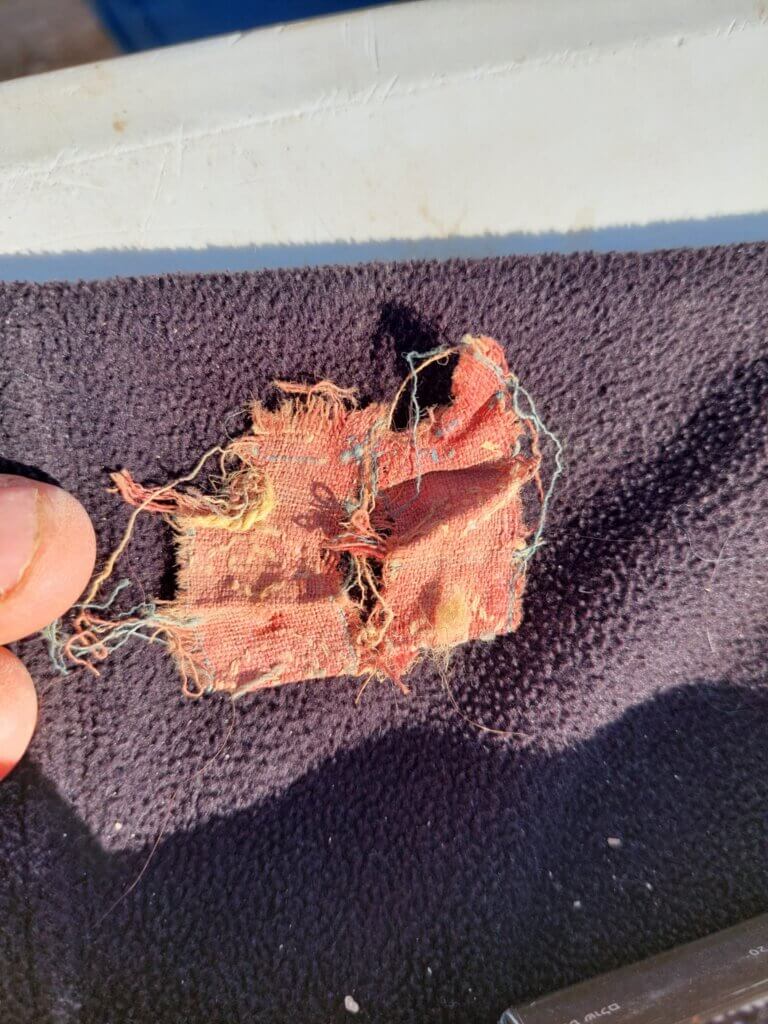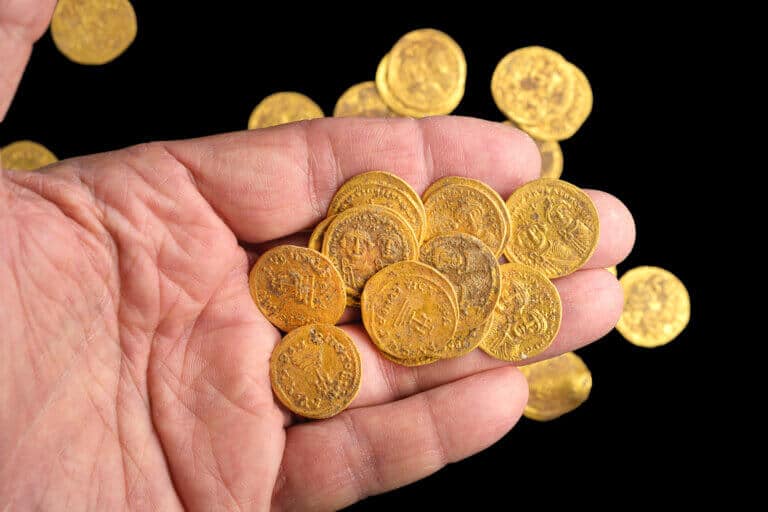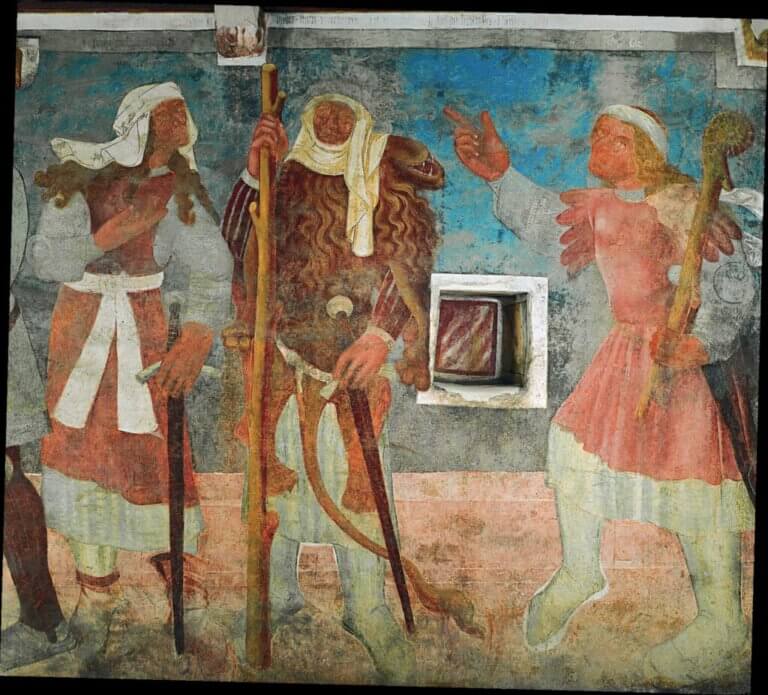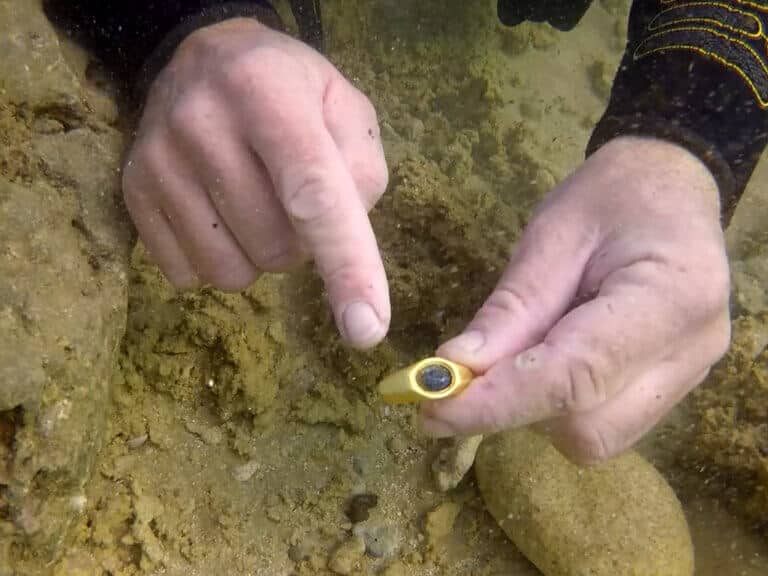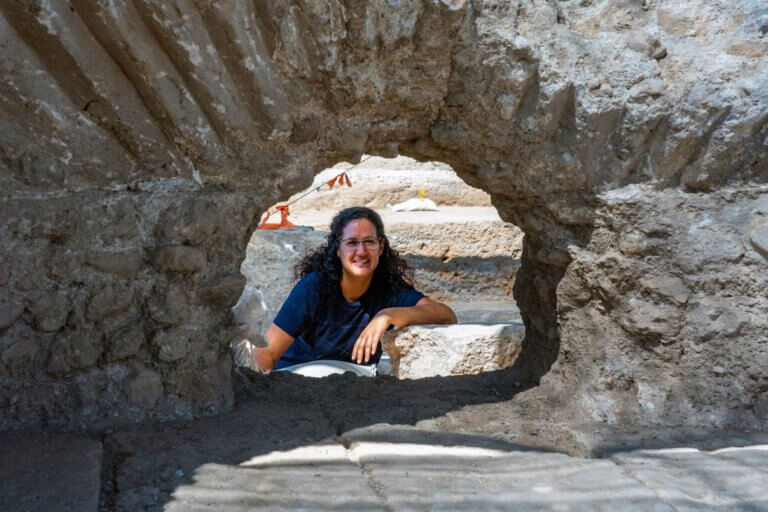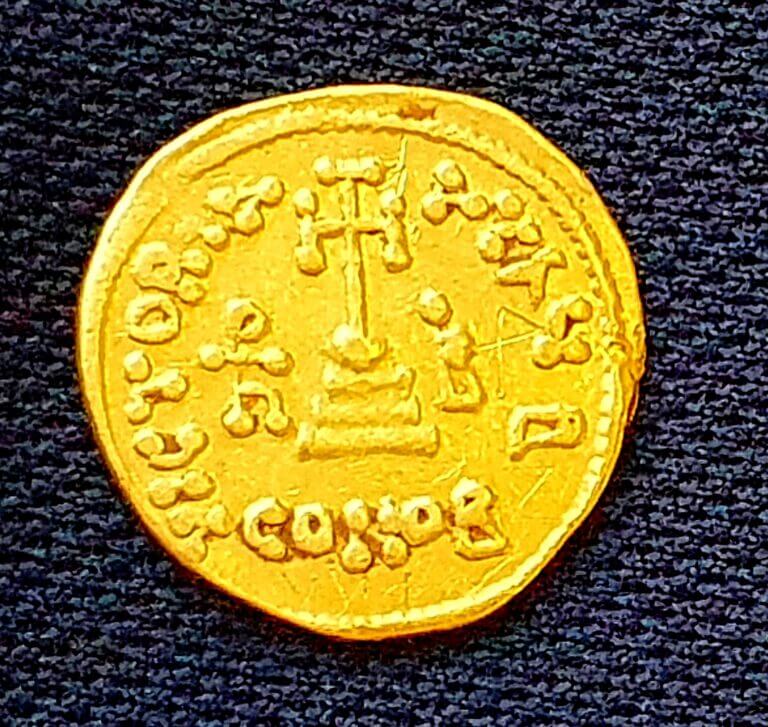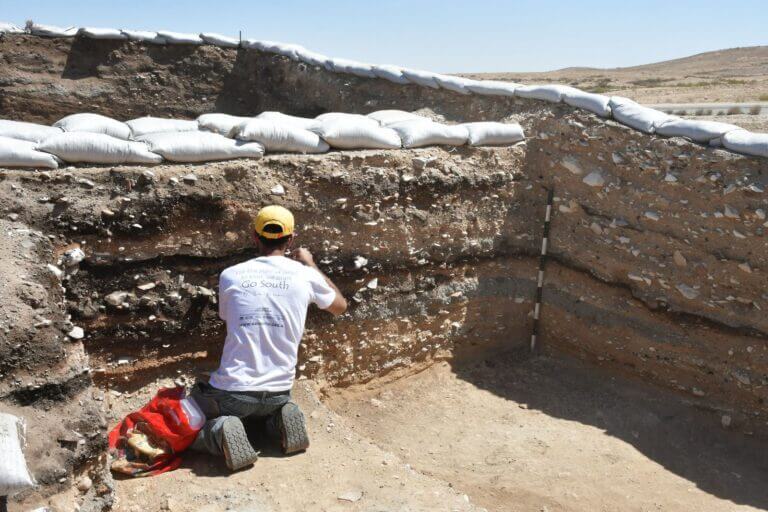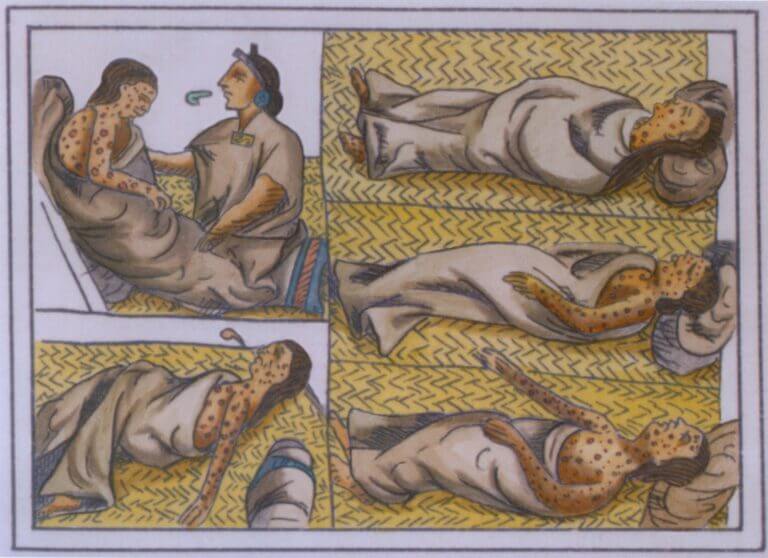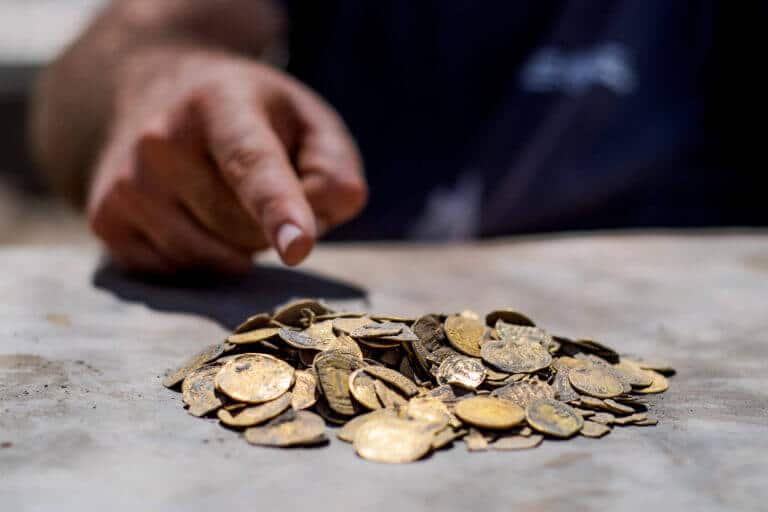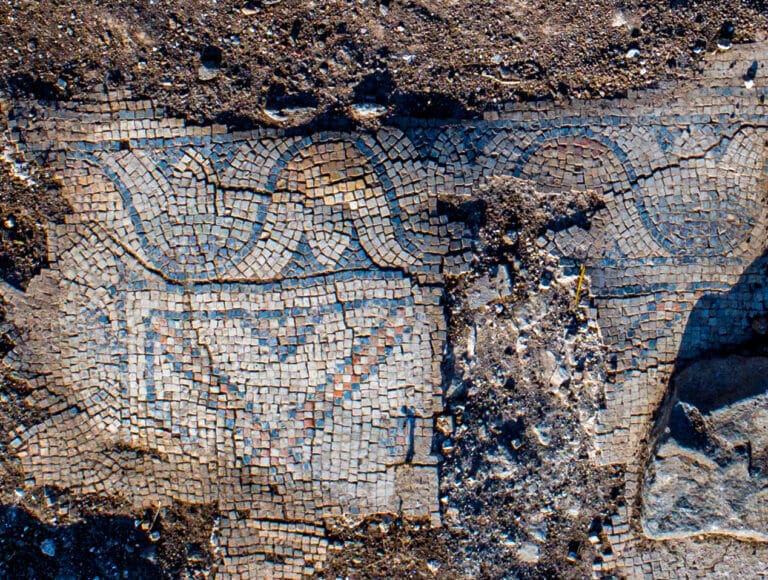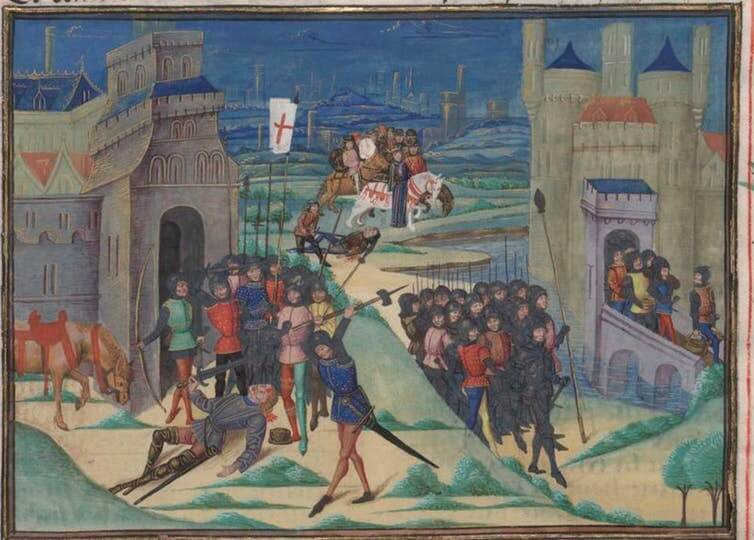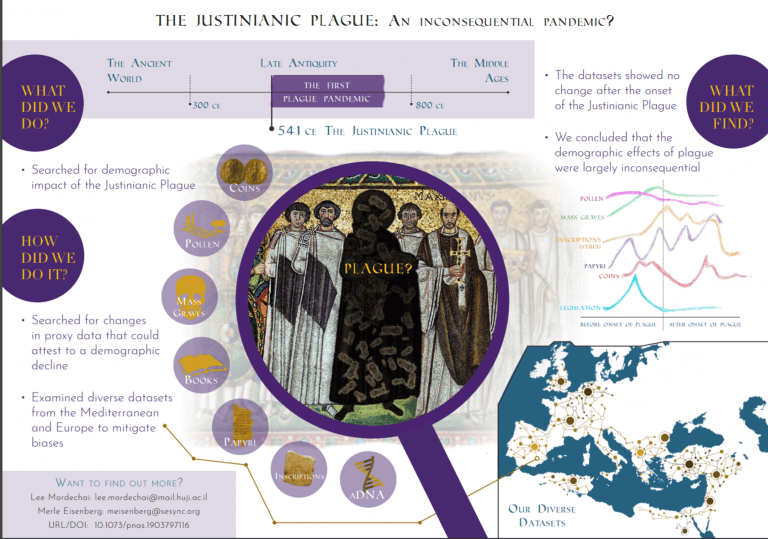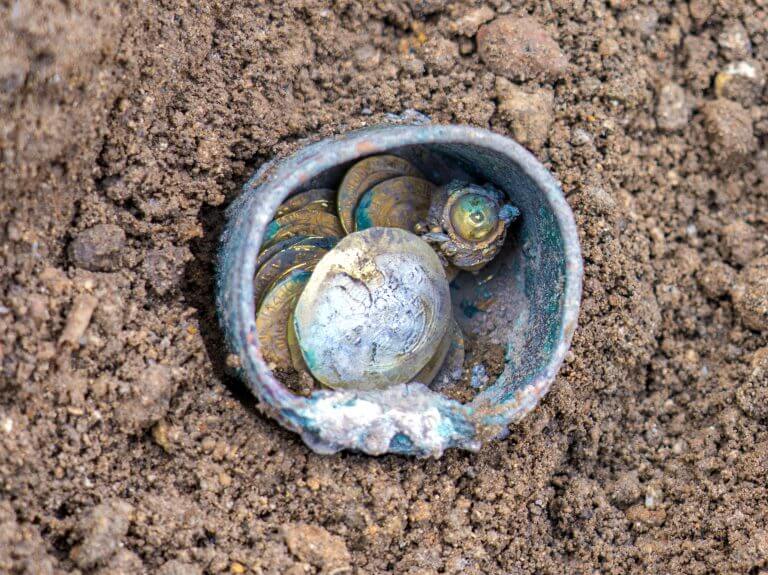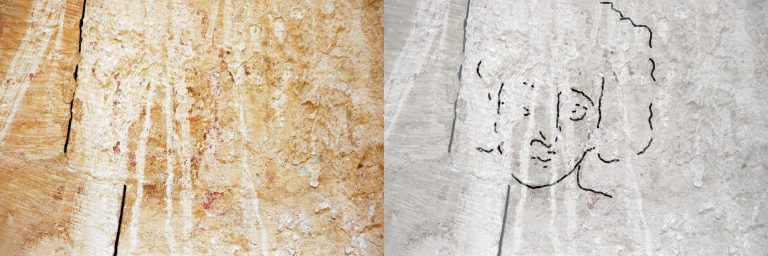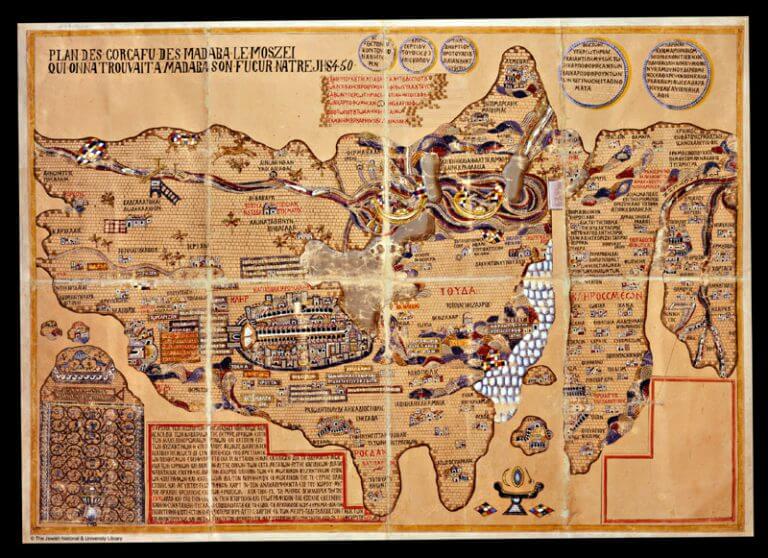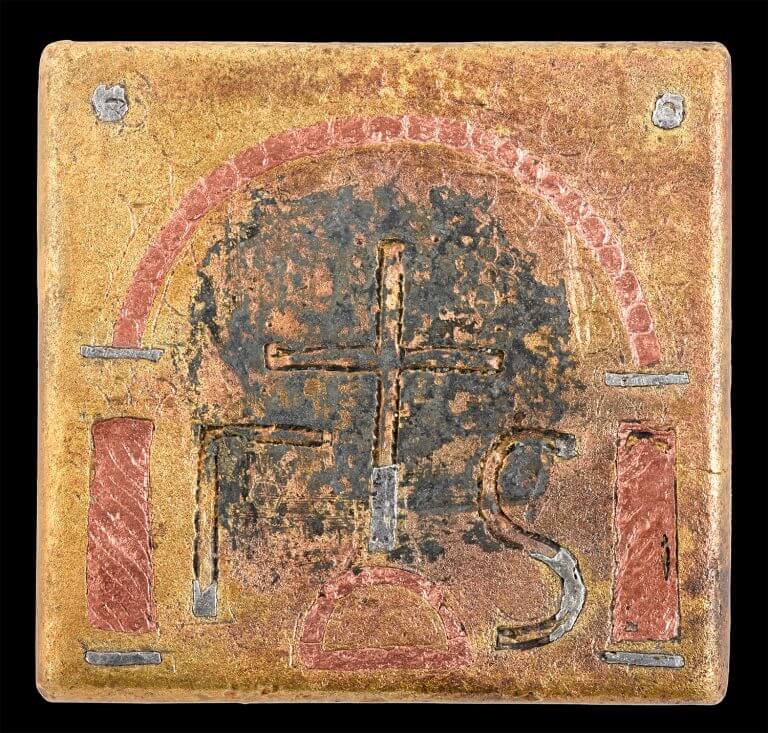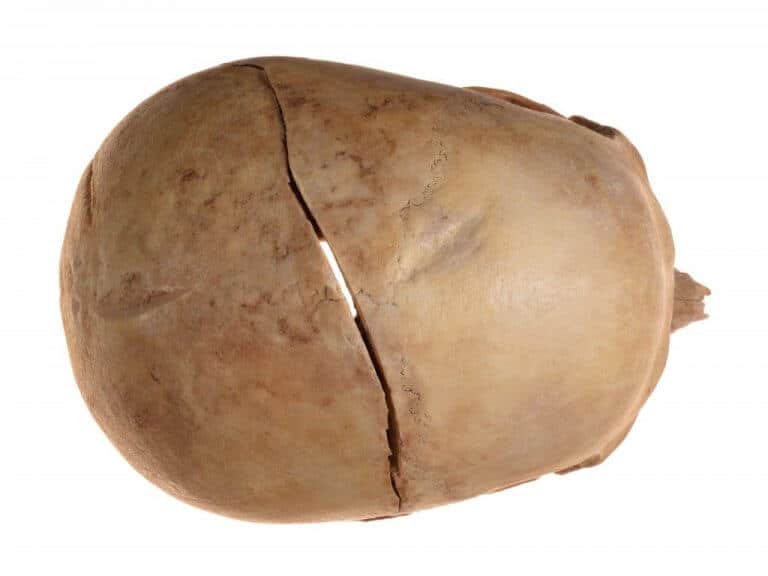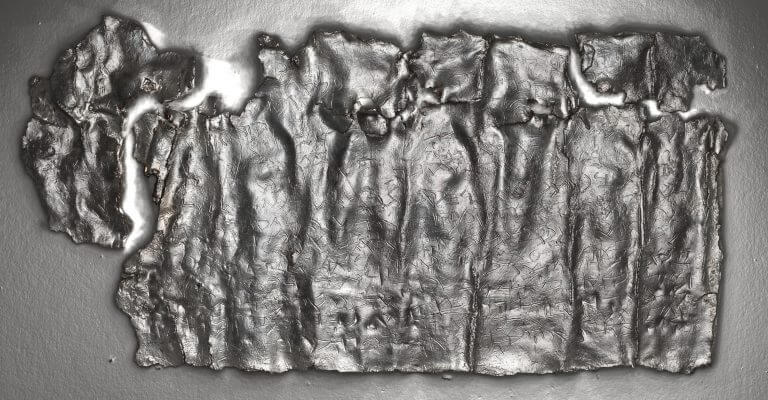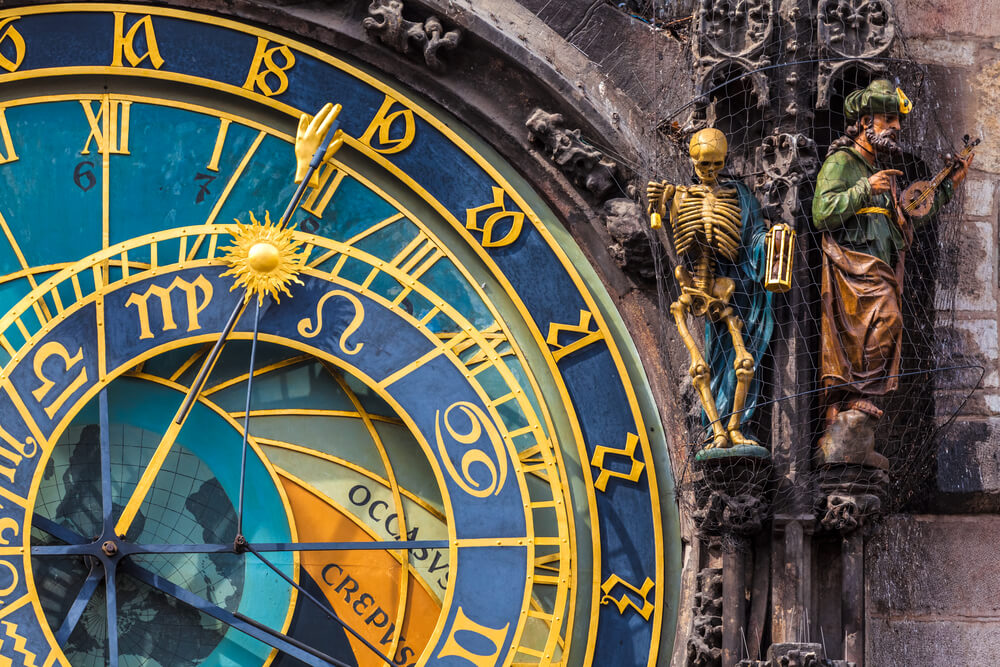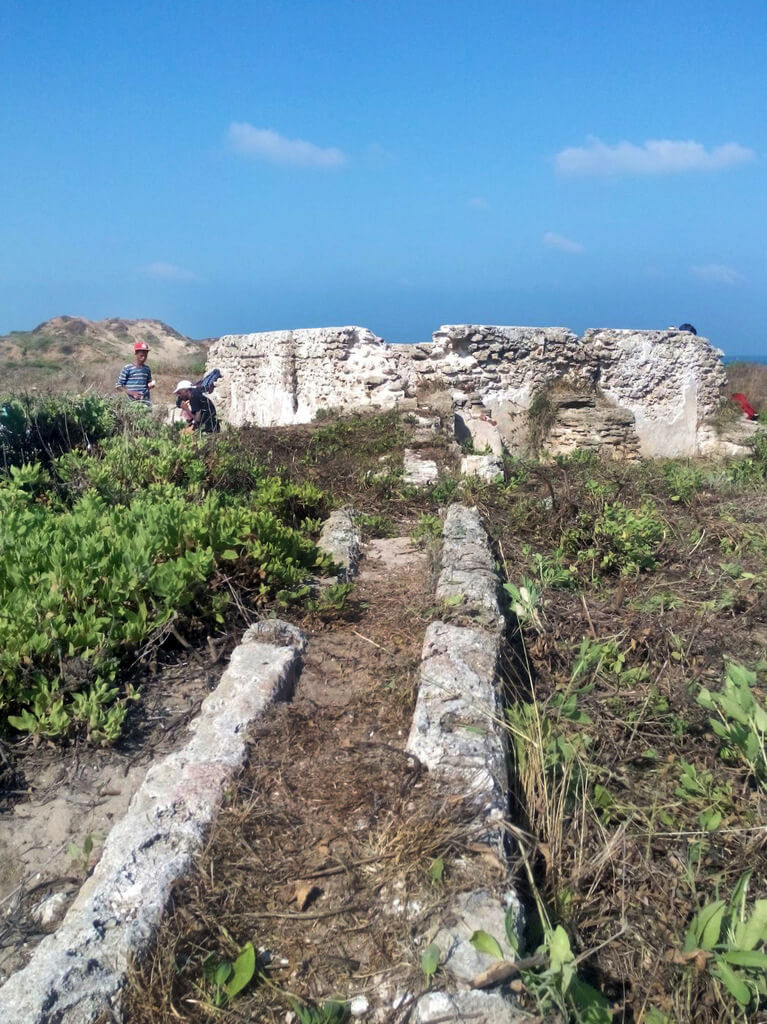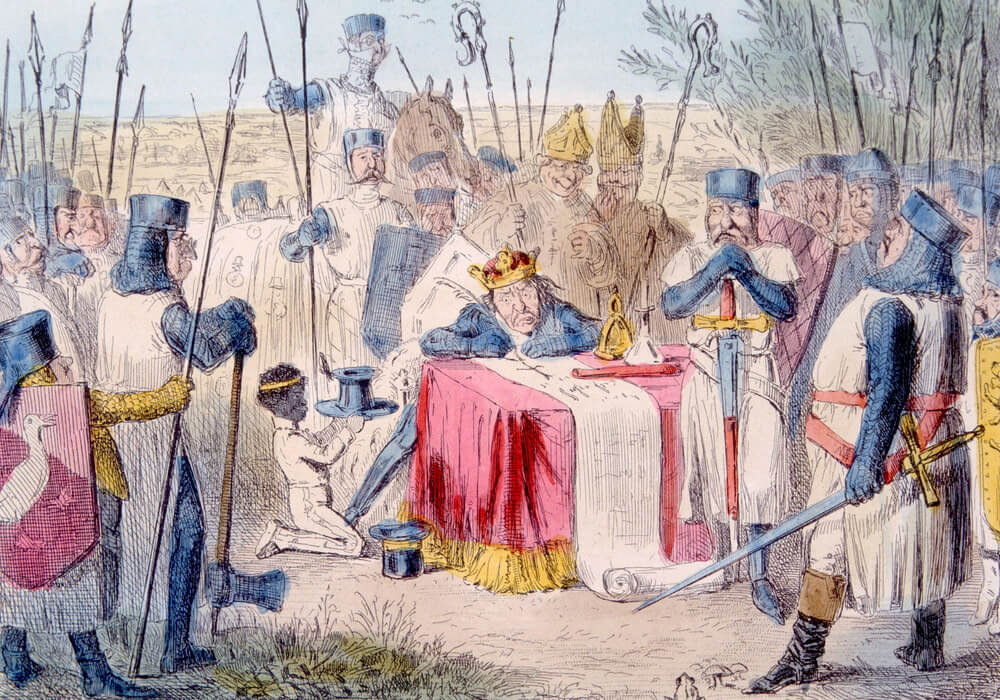Hayadan > Society and history > history > The Middle Ages and the Renaissance
The Middle Ages and the Renaissance
- The Voice of Science website - the Israel National Science Foundation
- March 22, 2024
A study examines the attitude towards Queen Esther in art, religion, literature and plays in the 16th-15th century in Italy
- Avi Blizovsky
- March 12, 2024
- 3 תגובות
A scientist has discovered a unique Islamic astrolabe from the eleventh century in Verona, Italy, which includes inscriptions in Arabic and Hebrew. This find illustrates the rich scientific collaboration between Muslim, Jewish and Christian cultures in the Middle Ages, and presents the astrolabe as a symbol of intercultural exchange of knowledge
- Israel Antiquities Authority Archeology
- January 26, 2023
- No comments
The new parts of the defense system on the walls of Old Jerusalem against Crusader attacks were discovered during archaeological excavations by the Antiquities Authority on Sultan Suleiman Street, prior to the laying of infrastructure at the initiative of the Jerusalem Municipality through the Moriah Jerusalem Development Company
- Israel Antiquities Authority Archeology
- January 19, 2023
- One response
Cotton fabrics and silk fabrics originating in India and China from about 1,300 years ago found in the Arabah testify to ancient trade from the Far East, through the Land of Israel and Europe
- Israel Antiquities Authority Archeology
- October 4, 2022
- No comments
The treasure is evidence of a dramatic moment in the country's history - the conquest of the Byzantine Empire by the Umayyad House. Archaeologist of the Israel Antiquities Authority, Dr. Yoav Lerer: "Whoever buried the coins in a wall must have performed a miracle on his soul in the hope of returning and collecting his property, but he was not successful."
- The Voice of Science website - the Israel National Science Foundation
- June 3, 2022
- No comments
Designing figures of heroes as giants in Gothic art marked the strengthening of urban power, the weakening of religion and the beginning of social mobility
- Israel Antiquities Authority Archeology
- January 6, 2022
- No comments
A maritime archaeological survey by the Antiquities Authority in Caesarea revealed a treasure of two ancient shipwrecks, including hundreds of silver coins, gold and silver rings, rare decorated gems, an eagle statuette, bells, and parts of a ship. According to the researchers of the Maritime Archeology Unit at the Antiquities Authority: "The findings tell the story of two ships that were wrecked, along with their passengers, at different times, probably while trying to anchor or find shelter from a storm."
- Israel Antiquities Authority Archeology
- October 11, 2021
- No comments
Archaeologists: "About 2 million liters of wine were produced here every year." The huge 1500-year-old industrial area was revealed in archaeological excavations by the Antiquities Authority before the expansion of the city, initiated by the Israel Lands Authority
- Israel Antiquities Authority Archeology
- August 22, 2021
- One response
Ramat Hasharon will soon celebrate its 100th year, but it turns out that it is much older than we thought. Archaeological excavations by the Antiquities Authority, which are taking place in preparation for the establishment of a new neighborhood initiated by the Sharon Municipality, revealed, among other things, a large wine cellar, a gold coin, and a bronze chain for hanging a chandelier
- Haifa University
- October 30, 2020
- One response
The inhabitants of the Byzantine Negev used sheep droppings to fertilize the green fields. With the transition to the Islamic period and the beginning of the collapse of the Negev cities, the sheep's dung is piled up in the barns in such large quantities that it is necessary to burn them
- Science site The Conversation
- September 27, 2020
- One response
Epidemics of virgin soil - ones that the local inhabitants had not yet encountered - wiped out most of the native populations in America. The lack of local labor made it necessary to import slaves. This established the supremacy of Europe. Is it possible that if the natives had survived, the distribution of power would have been different?
- Israel Antiquities Authority Archeology
- August 25, 2020
- One response
The treasure was uncovered by apprentices of a year of service in the excavation of the Antiquities Authority in the center of the country
- Yoram Soreq
- August 14, 2020
- 6 תגובות
- Israel Antiquities Authority Archeology
- July 29, 2020
- No comments
- Avi Blizovsky
- March 17, 2020
- 4 תגובות
- The Hebrew University
- December 7, 2019
- One response
- The science service
- December 4, 2018
- One response
- Haifa University
- November 22, 2018
- 2 תגובות
- Dr. Yahyam whistles
- September 7, 2018
- 10 תגובות
- Haifa University
- July 12, 2018
- No comments
- The science service
- May 17, 2018
- 5 תגובות
- Avi Blizovsky
- May 17, 2018
- 4 תגובות
- Avi Blizovsky
- October 9, 2015
- 2 תגובות
- The science service
- July 16, 2015
- No comments
- Avi Blizovsky
- June 15, 2015
- 9 תגובות

